Working out is one of the best things you can do to improve your symptoms
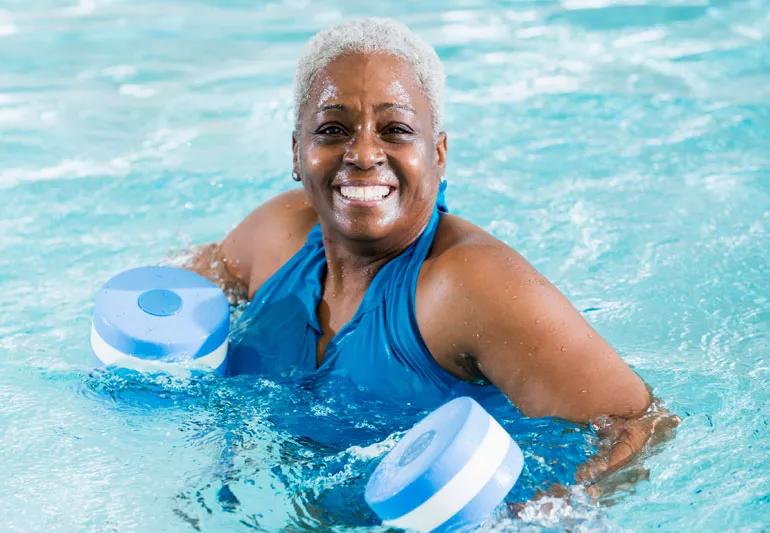
According to orthopaedic rehabilitation specialist Gary Calabrese PT, DPT, if you have arthritis the benefits of exercise are abundant. Here’s why.
Cleveland Clinic is a non-profit academic medical center. Advertising on our site helps support our mission. We do not endorse non-Cleveland Clinic products or services. Policy
“The endorphins released by a good workout can reduce your pain, the weight you lose over time can ease stress on your aching back and joints, and the flexibility, mobility and stability you gain can ease many of your symptoms,” Calabrese says.
So, why not just do it? It’s understandable why many have a tough time getting started. When you’re suffering from the symptoms of any form of arthritis, sometimes it’s hard to get motivated. Pain, stiffness or fatigue get in the way of getting you up and moving.
“But you should be very aware that not exercising with the right amount of impact (weight bearing) can lead you down a longer path of immobility and likely even more pain in your future,” Calabrese says. “You really want to try not to use your arthritis as a reason for not exercising.”
Plus, if you know how to get started, you can easily overcome your reluctance and get your exercise routine underway! Once you’re up and on your feet, the benefits only build from there.
Here are some helpful tips he recommends to make the most of starting and building an exercise routine if you have arthritis.
Calabrese typically suggests starting with low-impact aerobic exercise. Activities such as speed walking, riding a stationary bike and swimming get your heart rate up without beating up your body. If you prefer more social exercise, ask about options for classes.
For example, low-impact aerobics can be a great workout for people with osteoarthritis, but you should probably avoid the butt-burning — and injury-inducing — high-impact variety. “It all depends on you and your particular condition, so talk to your doctor before starting any program,” he advises.
Get your plan to do real workouts on your calendar. “Working in your garden, walking your dog, taking the stairs — these are all great ways to add movement to your daily life. But they’re not enough,” he says.
To get the maximum benefit from exercise, you need to make time to focus on it. Work with a professional to pick an exercise, then start by doing 20 minutes, three times per week. Over time, as you get more fit, you can try adding more time.
There’s a reason you should start with the modest goal of 20 minutes at a time. “If you have arthritis, you need to ease yourself into any new exercise program and tailor it to your specific condition,” Calabrese recommends.
“If you have joint damage in your knees a high-impact activity like basketball or tennis may not be right for you,” he says. “You can also try smaller doses of your favorite activities. For example, if you have lower back problems but can’t bring yourself to give up golf, try playing nine holes at a time instead of 18.”
If your doctor offers physical therapy as a treatment option, take it. “It can’t be stressed enough how much better it is to work with a professional on proper exercise form rather than just doing it yourself with a sheet of exercises,” Calabrese says.
A good physical therapist can design an exercise program that’s appropriate for you and increase the intensity over time. As a bonus, physical therapists are great at encouraging you and helping you establish helpful habits.
There are three main goals for exercise with arthritis: mobility, stability and flexibility. Stability can be regained with strengthening and stretching, but there’s a “use it or lose it” factor for flexibility and mobility. The more you let yourself go without exercise, the harder it is to regain them.
If you’re worried about injuring yourself, consider starting with something mild like Tai Chi. This slow-moving exercise is great for increasing balance, mobility and flexibility.
This old-school coach advice may work for hardcore athletes, but it’s not appropriate for someone with arthritis, Calabrese says. If you try an exercise and it causes your condition to flare up, stop doing it. Then be open and honest with your doctor and physical therapist about what causes your pain. Sometimes a simple correction in form or an alternative exercise will do the trick.
“In other words, respect your pain but also respect your arthritis,” he adds. “If you exercise properly, you can improve both. But remember, not exercising at all can have even more detrimental effects on your arthritis and your health. Any way you can get moving you’ll want make sure you do your best to make that happen. But a scheduled, routine workout that follows all of these guidelines is always recommended.”
Learn more about our editorial process.
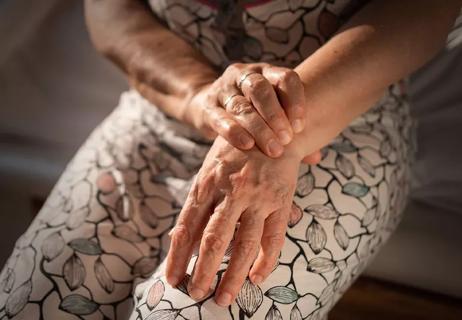
Simple exercises like tendon glides and finger lifts can have a big impact
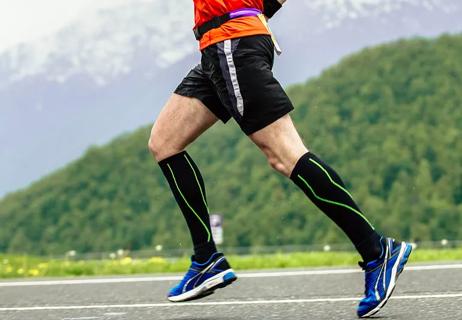
Safe to wear for most people, compression socks promote better blood circulation in your legs
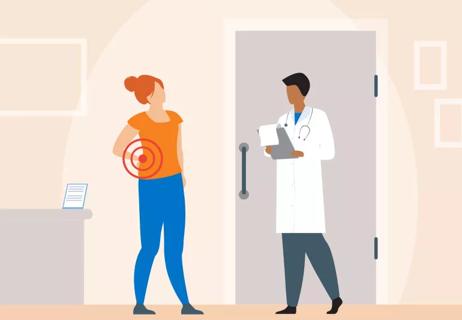
Arthritis, migraines and endometriosis are common causes of chronic pain
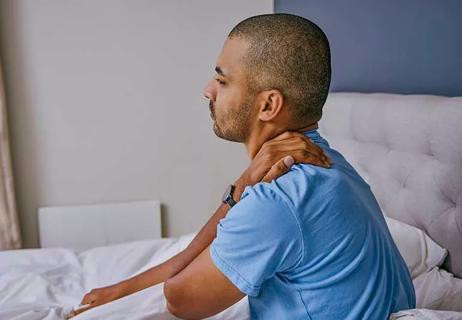
Some creakiness is typical after rest, but longer-lasting stiffness may be other issues

Research is inconclusive, so don’t stop eating tomatoes, potatoes and peppers just yet
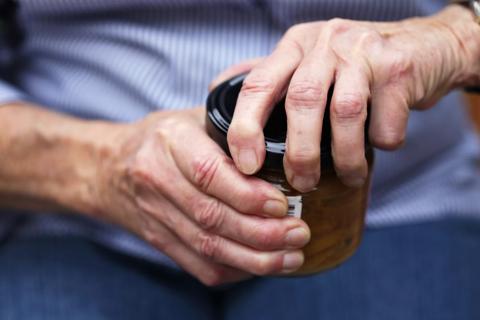
From heating pads and ice to exercises and splints, find the relief that works for you
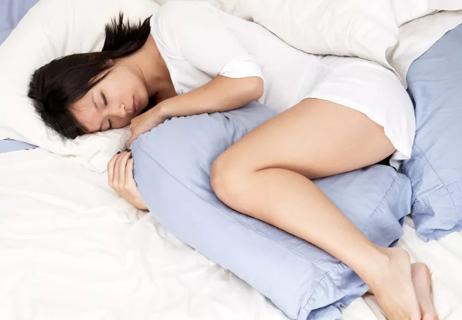
Managing the chronic pain of this autoimmune condition is important

It’s not uncommon for individuals with RA to also have the blood disorder

Your metabolism may torch 1,300 to 2,000 calories daily with no activity

A gentle touch in all the right places may help drain your sinuses